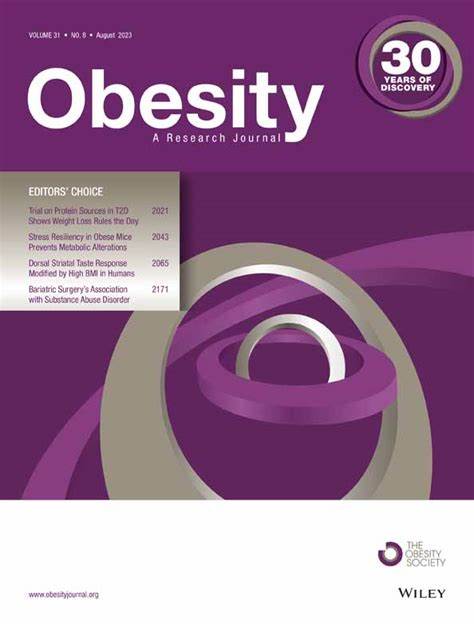Owing to the global obesity epidemic, understanding the regulatory mechanisms of glucose and lipid metabolism has become increasingly important. The dopaminergic system, including dopamine, dopamine receptors, dopamine transporters, and other components, is involved in numerous physiological and pathological processes. However, the mechanism of action of the dopaminergic system in glucose and lipid metabolism is poorly understood. In this review, we examine the role of the dopaminergic system in glucose and lipid metabolism.
The dopaminergic system regulates glucose and lipid metabolism through several mechanisms. It regulates various activities at the central level, including appetite control and decision-making, which contribute to regulating body weight and energy metabolism. In the pituitary gland, dopamine inhibits prolactin production and promotes insulin secretion through dopamine receptor 2. Furthermore, it can influence various physiological components in the peripheral system, such as pancreatic β cells, glucagon-like peptide-1, adipocytes, hepatocytes, and muscle, by regulating insulin and glucagon secretion, glucose uptake and use, and fatty acid metabolism.
The role of dopamine in regulating glucose and lipid metabolism has significant implications for the physiology and pathogenesis of disease. The potential therapeutic value of dopamine lies in its effects on metabolic disorders.


